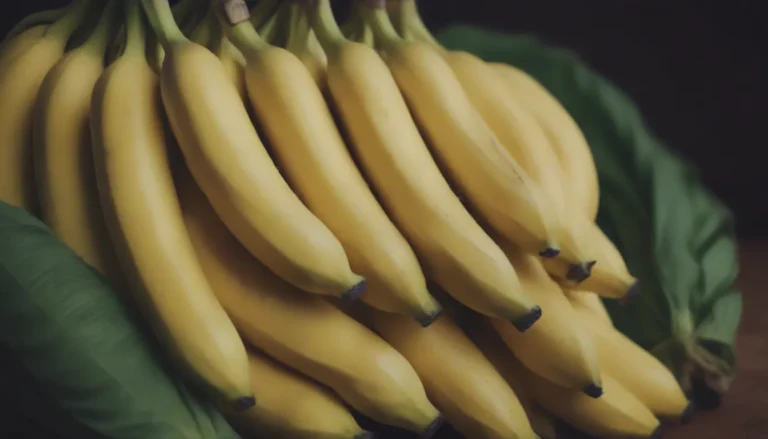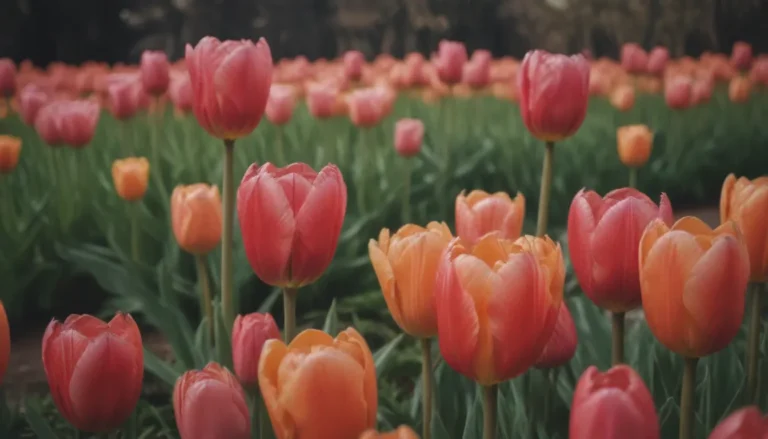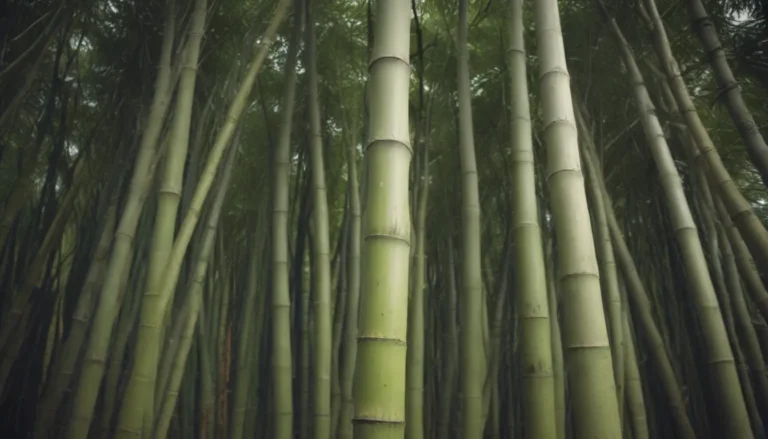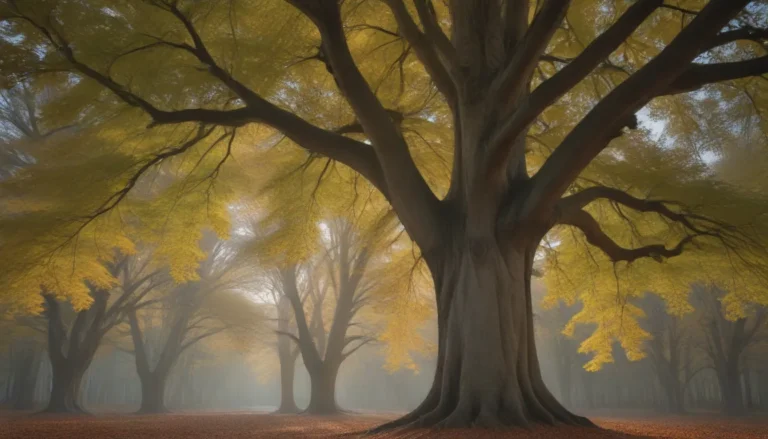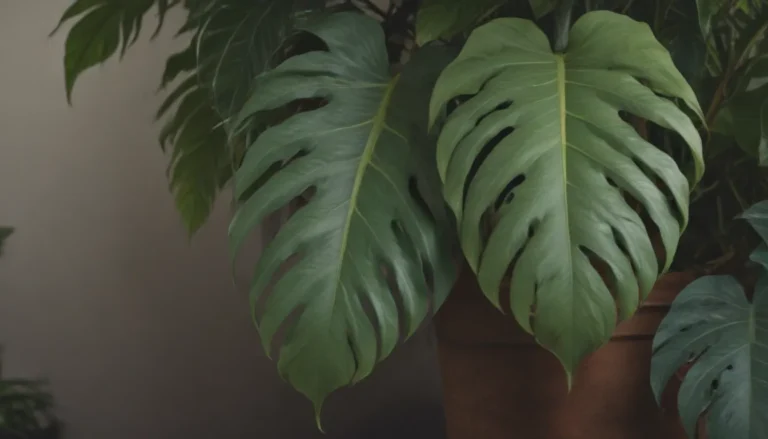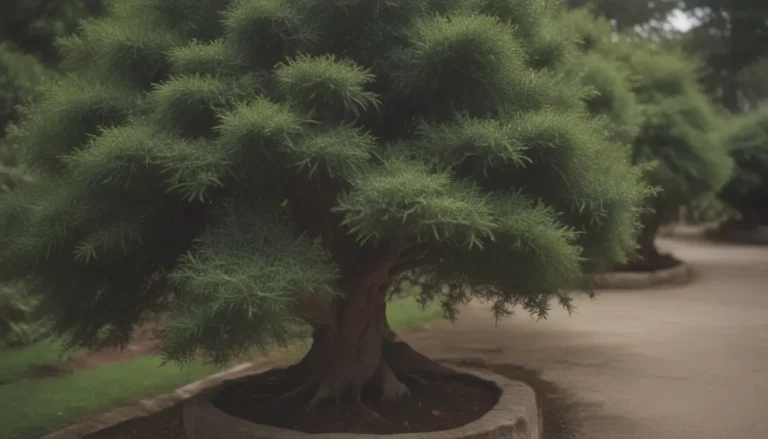Comprehensive Guide to Growing and Caring for Hoya Wayetii
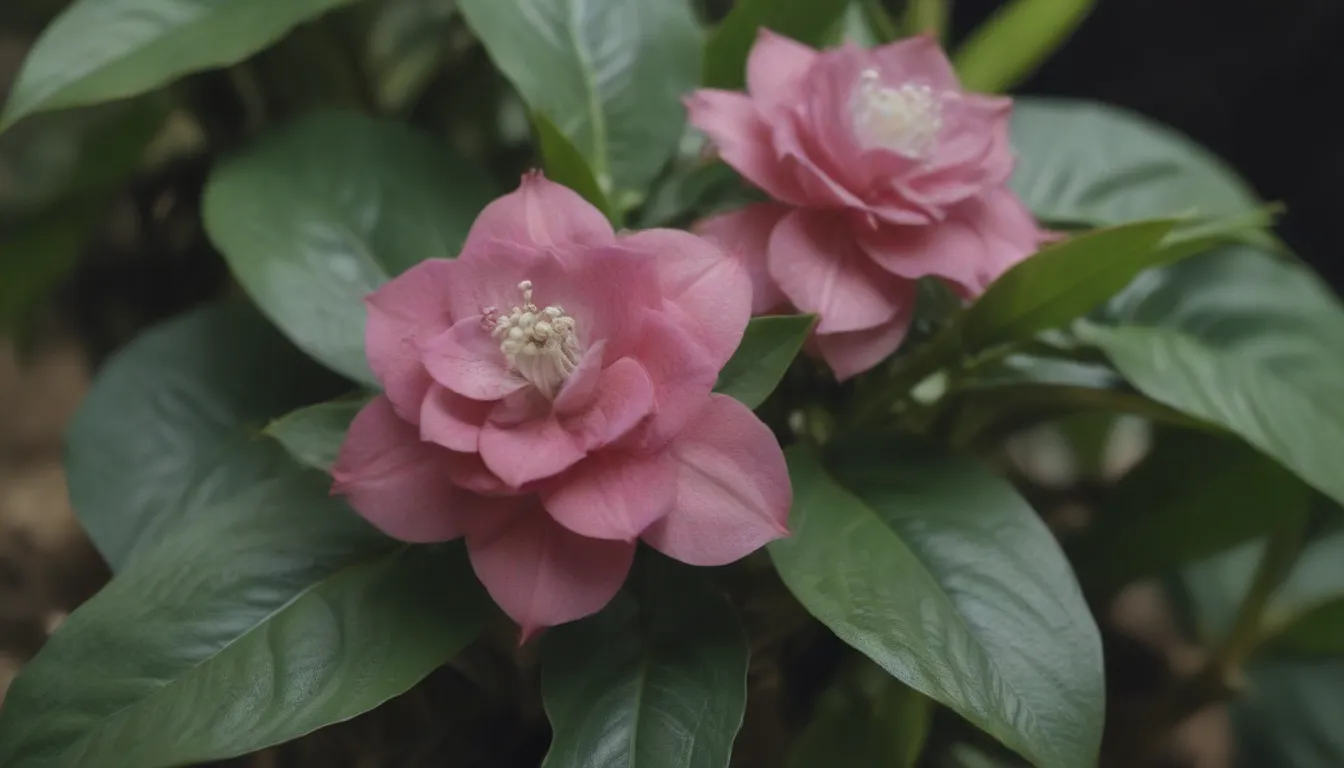
If you’re a plant enthusiast looking to add a unique and beautiful houseplant to your collection, the Hoya wayetii might just be the perfect choice for you. With its thick, deep green leaves that turn red at the margins when exposed to enough light, this plant is sure to stand out in any indoor space. The variegated variety of the Hoya wayetii even features striking yellow-white patterns on its foliage, making it a captivating addition to your home.
Why Choose Hoya Wayetii
- Hardy plant with thick, beautiful leaves
- Variegated variety available for added visual interest
- Trailing habit makes it perfect for shelves or hanging baskets
- Tendrils can reach up to 3 feet in length
Identifying Hoya Wayetii
It’s important to note that the Hoya wayetii is sometimes mislabeled as Hoya kentiana in non-specialist stores. So, make sure to look closely at the plant characteristics to ensure you’re getting the right species.
Hoya Wayetii Care Tips
Hoyas, in general, can be a bit more demanding than some succulent species, but the Hoya wayetii is relatively easy to care for as long as you maintain a careful balance of light, water, and humidity. Here are some essential care tips to ensure your Hoya wayetii thrives:
Light
To help your Hoya wayetii thrive and produce beautiful blooms, place it in a spot where it receives bright, indirect light for at least six hours a day. While it requires more light than other Hoya species, avoid placing it too close to a super sunny window to prevent leaf scorching. Remember to turn your plant every week to ensure all leaves receive an equal amount of light for symmetrical growth.
Soil
Hoya wayetii plants thrive in a medium that drains well, as they don’t tolerate wet roots. A combination of bark, coarse potting soil, and perlite works well for these epiphytic plants.
Water
It’s crucial not to overwater your Hoya wayetii, as it can lead to wrinkling foliage and even root rot. Water your plant thoroughly once the soil is almost dry, and always ensure good drainage in the pot or hanging basket. Check the moisture levels by dipping your finger into the potting mix, and consider using distilled or rainwater for the best results.
Temperature and Humidity
The Hoya wayetii thrives in warm, humid conditions, with ideal daytime temperatures between 60 to 85 degrees Fahrenheit. Ensure your plant stays away from dry HVAC vents and maintain humidity levels between 60 and 80 percent for the best chance of seeing blooms.
Fertilizer
Boosting the nutrients in your Hoya wayetii once or twice a month during the growing season can promote lush foliage and flowers. Organic fertilizers like fish emulsion or a diluted half-strength orchid fertilizer work well for these plants.
Pruning
Your Hoya wayetii won’t require extensive pruning, but it’s essential to remove dead or damaged foliage or stems to keep the plant healthy.
Propagating Hoya Wayetii
Propagating a healthy Hoya wayetii is relatively easy, and you can generate more plants from stem cuttings in water or long-fiber sphagnum moss by following a few simple steps.
Potting and Repotting
While the slow-growing Hoya wayetii appreciates being slightly rootbound, it may need repotting once the roots start to spread and the current pot feels crowded. Choose a pot that is only slightly larger than the existing one for optimal growth.
Common Pests and Plant Diseases
Although the Hoya wayetii is generally resistant to diseases, be on the lookout for fungus gnat and mealybug infestations, which can occur if the soil is too wet. Treat these pests promptly to keep your plant healthy.
How to Get Hoya Wayetii to Bloom
The star attraction of the Hoya wayetii is the sweet-smelling, mauve flowers that appear in small clusters in late spring and early summer. Be patient, as it may take up to three years for your plant to start blooming. Maintain ideal growing conditions to increase the chances of seeing beautiful blooms.
Common Problems With Hoya Wayetii
- Black Spots: Caused by edema due to irregular watering, ensure a consistent watering schedule to prevent black spots on the undersides of the leaves.
- Curling Leaves: An indication of over or underwatering, adjust your watering routine accordingly to prevent leaf wrinkling.
- Brown Tips: Excessive direct sunlight can scorch the foliage and lead to brown tips on the leaves. Provide bright, indirect light for optimal growth.
By following these care tips and guidelines, you can enjoy the beauty of your Hoya wayetii for years to come. With proper attention to light, water, and humidity, this unique houseplant will thrive and brighten up your indoor space.
